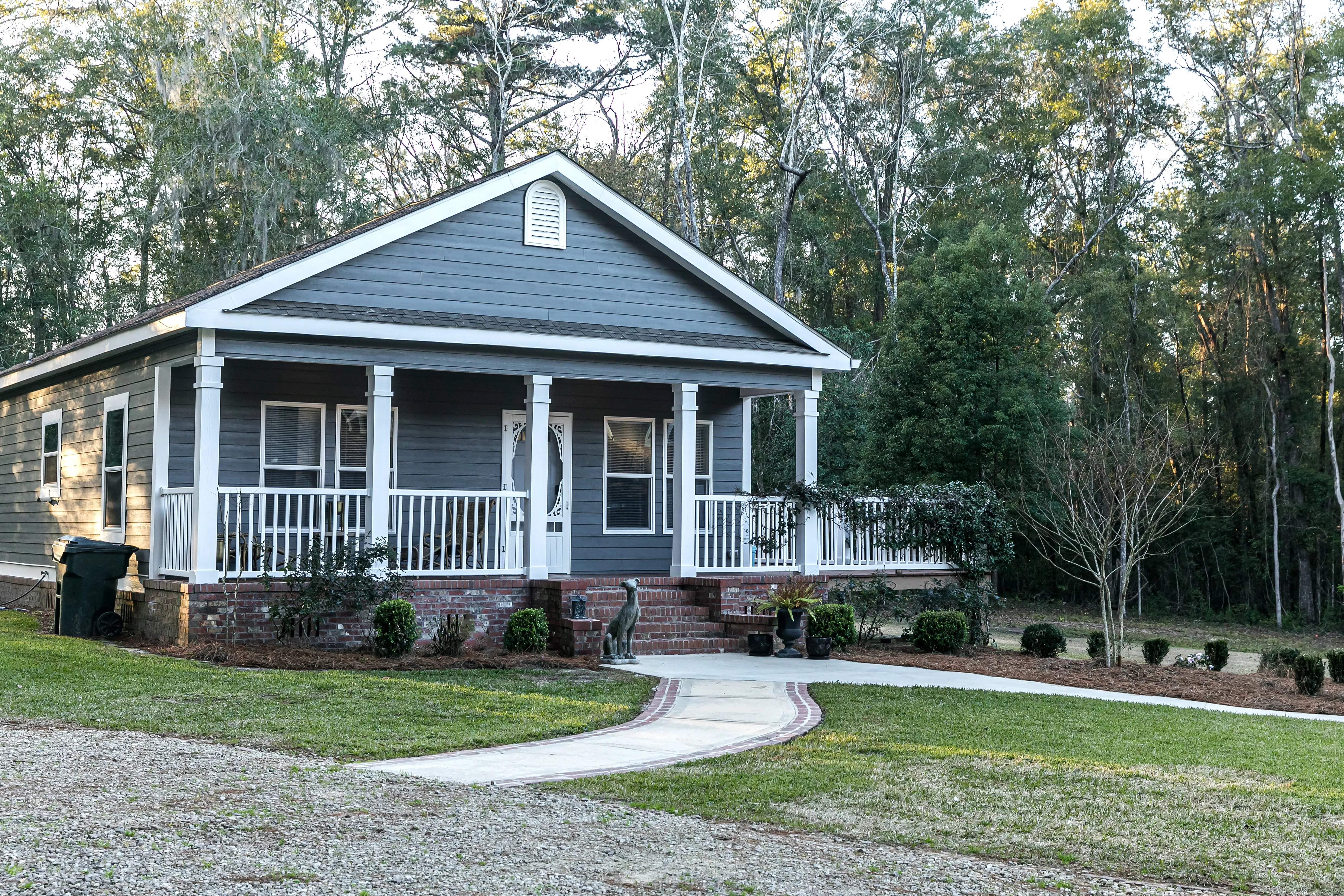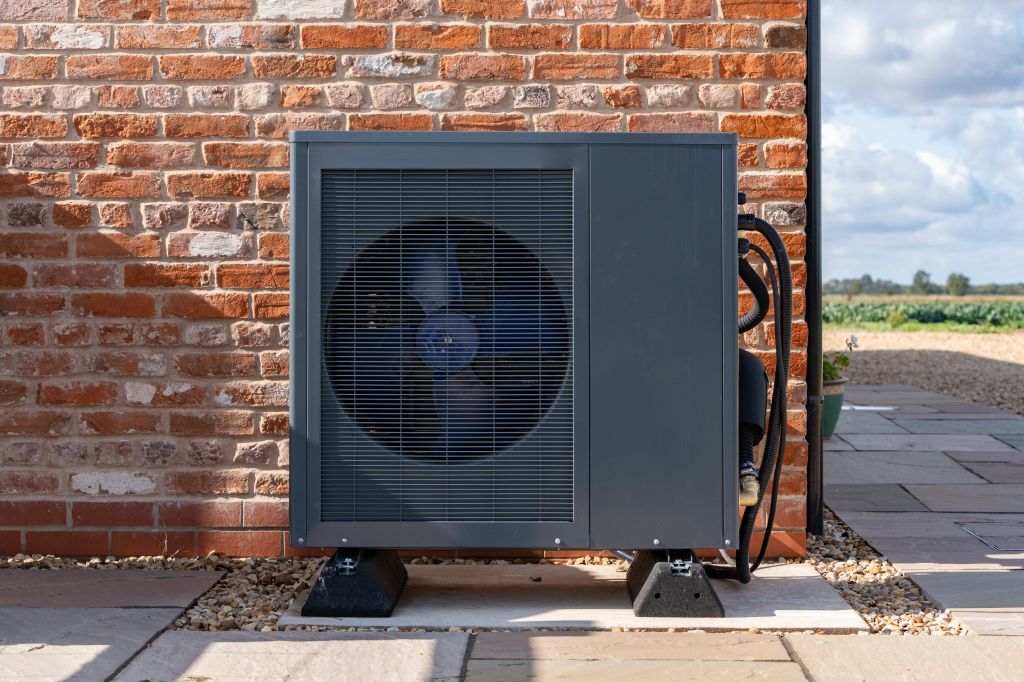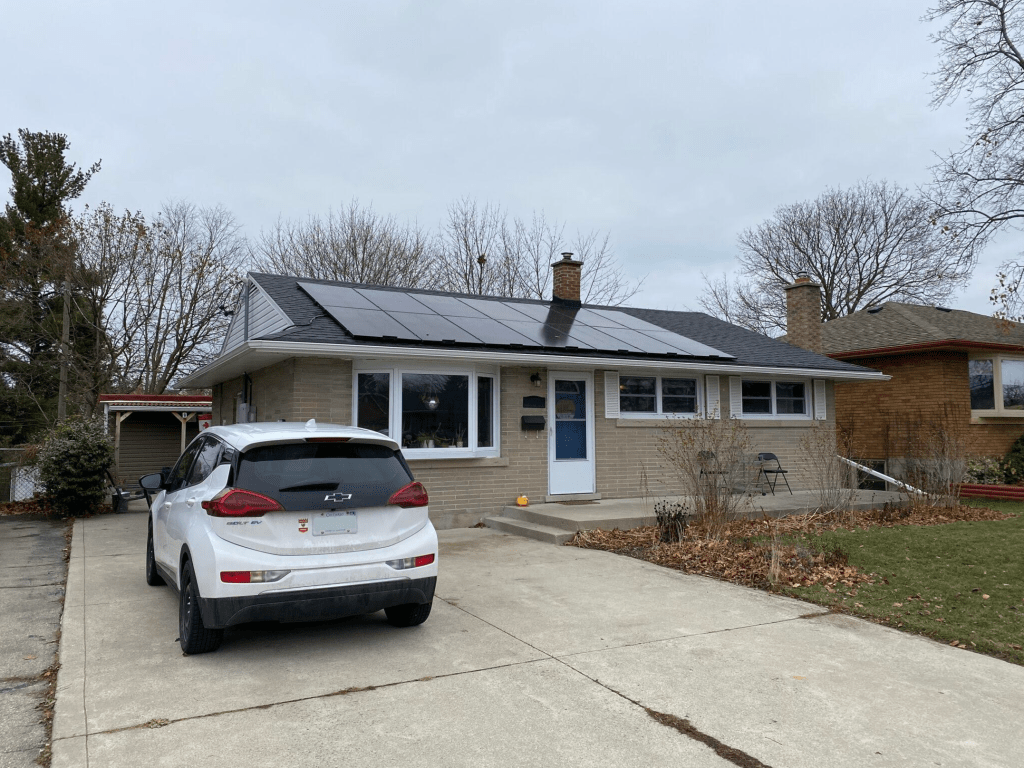Looking to build or convert your home into multiple residential units? Here are your options

Published August 23, 2024 • 6 Min Read
TLDR
-
Recently revised zoning laws in many Canadian municipalities means homeowners may be able to add new housing units to their existing properties
-
Adding residential units could take the form of converting a home into multiple living spaces or adding new structures to your property
-
There are many different types of housing that could qualify for financing under the RBC Construction Mortgage program
-
An RBC Mortgage Specialist can help you obtain the mortgage needed to convert your existing home
With more municipalities easing zoning bylaws to allow for converting, renovating, redeveloping and building new housing units on existing property, more and more Canadians are interested in the options available to them. While bylaws are specific to individual communities, there are some common types of housing that you could consider adding to your property.
Duplex, triplex or multiplex
If you have a single-family detached home, you may be able to convert it to multiple units. In real estate lingo, these are called duplexes (a building with two units), triplexes (a building with three units) and multiplexes (a building with four or more units).
Each unit in the “plex” must have its own entrance, kitchen, bathroom and driveway, and have the same amenities that you would find in a single-family home. The building can be divided side to side or upstairs and downstairs.
Scenario 1: Alan has three adult children who are entering the workforce. He wants to help them out as they get started! He bought a large home in Toronto with the intention of converting it to a three-unit house. Once it’s complete, each of them will have their own space and pay their own rent to Alan (at a rate he can set). This situation removes the possibility of unexpected rent increases, allows Alan to ensure his kids have a quality home to live and helps nurture financial independence.
Laneway home
This is a structure that is typically detached from the main home but located right beside a city laneway. While not attached to the main house, the utilities and services are shared – think water, gas and electricity. Cities such as Toronto, Vancouver, Edmonton, Regina, Calgary, Ottawa and Halifax are among the more popular sites for laneway homes in Canada so far.
Scenario 2: Lee and Cameron have a home in Vancouver with a laneway garage they don’t use. Lee’s parents are immigrating to Canada in a few months and Lee and Cameron have decided to convert their garage into a laneway home, giving the parents a soft landing in their new country. This means Lee can have their parents close-by, while still giving each couple some privacy. It’s a win-win!
Garden suite
A garden suite is similar to a laneway home – it is detached from the main house but shares its utilities. The difference is that a garden suite isn’t located near a city laneway, and instead sits in a property’s backyard.
Scenario 3: Ali’s son and daughter-in-law are newly married and want to move out of their one-bedroom apartment in a noisy part of the city. Ali owns a large property in the suburbs with a big backyard. By building a garden suite on his property, he can add a two-bedroom unit for the couple – with enough space for them to start a family – and help them save money on rent and other home expenses.
Basement apartment
If you have a home with a basement, you can convert it into a separate living space. There are several safety and liveability standards that come with creating a basement apartment. Learn more about what makes a legal basement apartment here.
Scenario 4: Lynsey and Jon are empty nesters and have space in their home they hardly use – including their basement. They could use a bit of extra cash each month and are contemplating converting their finished basement into a rental apartment. With a separate entrance and a bathroom already in place, adding a kitchen is fairly straightforward, along with a few other upgrades needed to make it a legal apartment. The rental income Lynsey and Jon could earn would help them pay down their mortgage over the long term and put a bit extra aside for retirement.
Manufactured and modular homes
Manufactured homes are typically built in a factory off-site and then delivered and assembled on your property. Formerly (and still informally) called mobile homes, manufactured homes are not fixed to your land. Generally, manufactured / mobile homes aren’t all that mobile since they are semi-permanent, but they can be moved when necessary. Note, you will need a permit to move a manufactured home to a new property.
Modular homes, unlike manufactured homes, are permanently fixed to your property, sitting either on a conventional foundation or a concrete slab. They are built using one or more prefabricated, three-dimensional components or modules, built partially or completely off-site, then transported to your property. There the home is put together, a little like building blocks. These homes can be installed on various sized lots in urban or rural settings, and there are companies (e.g., Resimate) who can help homeowners determine whether their property would be suitable for such a home.
Scenario 5: Ada has a large property with a lot of land. Her parents are getting older – she would like to have them nearby and see them in a home that is all one level and easy to get around. Together, she and her parents purchase a modular home that has their mobility needs in mind. It is put together on Ada’s land – close to her home but with enough outdoor space that they can have their own garden. This gives Ada the peace of mind that her parents are in a safe place where she can care for them as their needs change, while enabling them to retain their independence.
If you’re thinking of adding units to your property, there are many types of homes available, each with different advantages and considerations. As you explore your options, it is important to understand the process, bylaws and regulations in your specific municipality, so you know what kinds of units are allowed, and how many total units you can have on your property.
An RBC Construction Mortgage can help Canadian homeowners add up to six new housing units to their property – whether by building new units (such as a garden suite), adding new structures (such as a manufactured home) or renovating their existing home (i.e., into a duplex or triplex). Plus, with an in-depth knowledge of construction mortgages, RBC Mortgage Specialists can give you the support you need to guide you through the budgeting, mortgage and development process of re-engineering your existing home.
This article is intended as general information only and is not to be relied upon as constituting legal, financial or other professional advice. A professional advisor should be consulted regarding your specific situation. Information presented is believed to be factual and up-to-date but we do not guarantee its accuracy and it should not be regarded as a complete analysis of the subjects discussed. All expressions of opinion reflect the judgment of the authors as of the date of publication and are subject to change. No endorsement of any third parties or their advice, opinions, information, products or services is expressly given or implied by Royal Bank of Canada or any of its affiliates.
Share This Article





